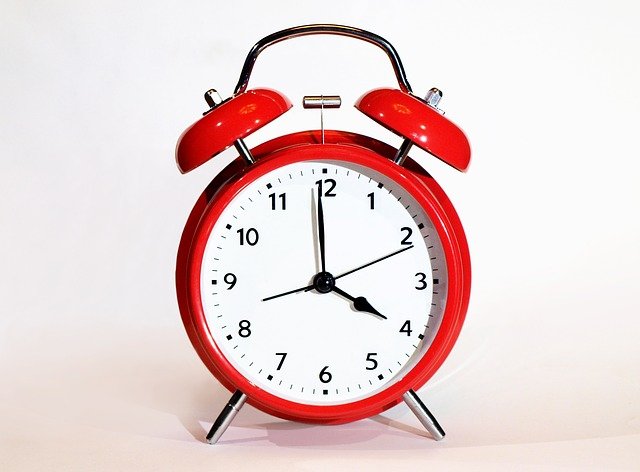A new study investigates the physiological effects of exercise at different times of the day based on our circadian clock.
Exercise can have many positive effects on the body, and it is a widely recognized and recommended form of self-care. As more research is being done, more potential benefits of exercise as well as ways to maximize these benefits are being discovered.
One area of interest is whether exercise timing matters, as some previous studies suggest that exercising at certain times may be associated with increased physical performance and endurance.1,2 This theory makes sense, as circadian rhythms, or the body’s natural sleep-wake cycle, are thought to contribute to aspects related to exercise performance, such as energy metabolism, hormone production, behavior, and more.2,3 Changes to these aspects may theoretically, in turn, affect exercise sessions and recovery.
Despite these studies, it is unknown whether there is an ideal time to exercise to elicit particular physical and psychological benefits. To address this, a group of researchers performed a study on mice examining the biochemical changes in the body following exercise sessions at different times. The results were analyzed and published in Cell Metabolism.2
For the study, mice were analyzed at one of two different times of the day according to their circadian rhythms cycle; the two times were ZT3 and ZT15, which loosely refers to morning and evening, respectively.2 The experimental group of mice exercised for one hour on a treadmill at one of these times while the control group refrained from exercise.
Immediately after exercise, researchers collected blood and a variety of different tissue samples including skeletal muscle, heart, liver, and three different types of adipose tissue.2 They also took tissue samples from the hypothalamus, which helps release hormones and regulate different bodily functions. These samples were analyzed for different metabolites and compared with each other to determine any potential changes associated with exercise time and activity level.
The study found many trends in metabolite levels after exercise at different times. Muscle tissues showed noticeable differences between ZT3 and ZT15, with changes to 52 and 197 muscle metabolites, respectively. Notably, changes to only 31 metabolites were observed in both time points, which suggests differences between the biochemical effects of exercise sessions at ZT3 and ZT15.2 On the other hand, liver metabolite levels did not vary as significantly between the two time periods.
However, levels of lipids and cortisol in the liver were more altered at ZT3 than ZT15, suggesting more potential differences between the biochemical effects of exercise sessions at these different times.2 Carbohydrate metabolism in the liver also increased following exercise at ZT3, which suggests that within this group of mice, glycogen and stored carbohydrates were used preferentially to fuel exercise sessions at this time. Finally, changes were observed in the hypothalamus tissue, as levels of the neurotransmitters serotonin and dopamine increased more significantly with exercise sessions at ZT15.
The results of this study suggest a variety of different biochemical effects associated with exercise sessions at different times of day in this group of mice. In other words, we need to work with our circadian clock for optimal performance in life. However, more research is needed to determine if these same trends would be observed in humans. Furthermore, more research is needed to determine the overall physical and mental effects of these biochemical changes, as the body is such a complex system. Although there is no currently established ideal time to exercise, the results of this study warrant further investigation of the different benefits of exercise at specific times.
References
- Ezagouri, S., Zwighaft, Z., Sobel, J., et al (2019, July 2). Physiological and Molecular Dissection of Daily Variance in Exercise Capacity. Cell Metabolism 30(1): 78-91. Doi: 10.1016/j.cmet.2019.03.012
- Sato, S., Dyar, K.A., Treebak, J.T., et al (2022, January 13). Atlas of exercise metabolism reveals time-dependent signatures of metabolic homeostasis. Cell Metabolism. Doi: 10.1016/j.cmet.2021.12.016
- Eckel-Mahan, K., Sassone-Corsi, P. (2013, January). Metabolism and the circadian clock converge. Physiological Reviews 93(1): 107-135. Doi: 10.1152/physrev.00016.2012



